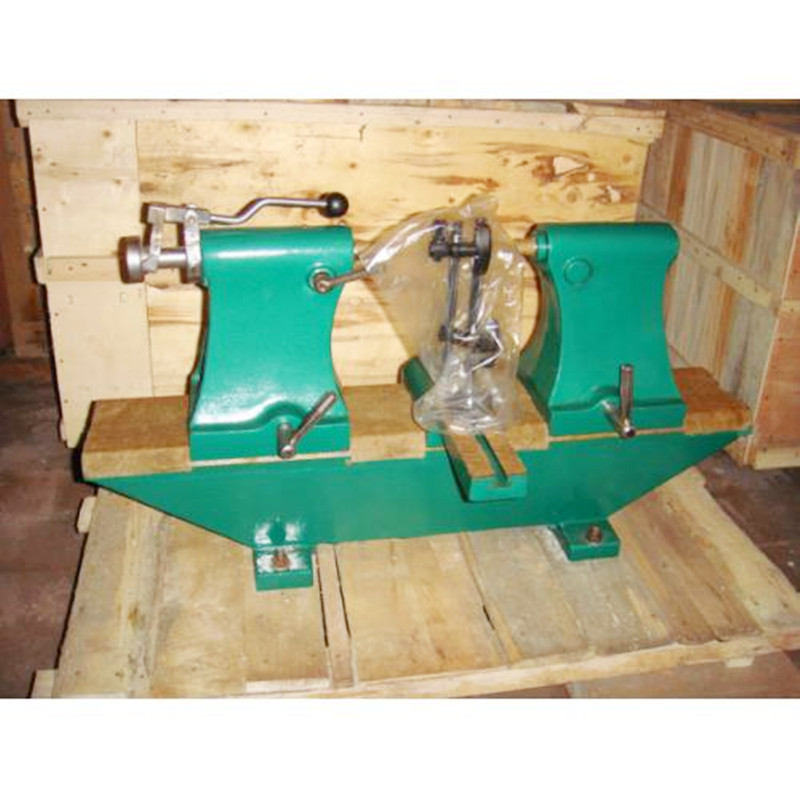Nov . 11, 2024 09:54 Back to list
pin go no go gauge
Understanding Pin Go/No-Go Gauges A Key Tool in Precision Engineering
In the realm of precision engineering and manufacturing, ensuring the exact dimensions of components is paramount. A vital tool that aids in this process is the pin go/no-go gauge. This measuring instrument serves as a quick reference for determining whether a particular hole, slot, or feature meets specified tolerances. By understanding the functionality and application of pin go/no-go gauges, manufacturers can enhance their quality control processes and minimize defects.
What Are Pin Go/No-Go Gauges?
Pin go/no-go gauges consist of two pins one is designated as the go pin and the other as the no-go pin. The go pin is designed to fit into the hole or feature being measured, confirming that the feature is within the acceptable tolerance limits. Conversely, the no-go pin will not fit into the hole if it is compliant with specifications. If the no-go pin does fit, it indicates that the feature is out of tolerance, and corrective measures are required.
Importance of Tolerance in Manufacturing
In manufacturing, tolerances define the allowable variations in dimensions. Components must adhere to these tolerances to ensure proper assembly and functionality. For instance, in applications such as automotive or aerospace engineering, even the slightest deviation can lead to significant failures or safety hazards. Go/no-go gauges provide a straightforward, efficient means of assessing these tolerances without the need for complex measuring equipment.
How to Use Pin Go/No-Go Gauges
Using a pin go/no-go gauge is relatively uncomplicated. First, the operator selects the appropriate gauge for the specific feature of interest. The operator then inserts the go pin into the hole or feature. If the pin fits snugly, it indicates that the dimension is within the acceptable range. Next, the no-go pin is introduced. If the no-go pin does not fit, the component is deemed acceptable. If the no-go pin does fit, it indicates the part is out of tolerance, which necessitates further inspection or rework.
This method of inspection is not only fast but also reduces the need for more sophisticated measuring tools, making it a practical solution for high-volume production environments.
Materials and Construction
pin go no go gauge

Pin go/no-go gauges are usually made from high-strength steel or carbide, ensuring durability and precision. They are often heat-treated to resist wear, as they may be used extensively in manufacturing environments. The pins are typically manufactured to a high level of accuracy, ensuring that they provide reliable measurements.
Advantages of Using Pin Go/No-Go Gauges
1. Simplicity The straightforward design allows for quick measurements, making it easy for operators to verify part dimensions without extensive training.
2. Efficiency Using go/no-go gauges speeds up the inspection process, allowing for rapid feedback in manufacturing lines, which is crucial for maintaining production efficiency.
3. Cost-Effectiveness Compared to other measuring tools and techniques, go/no-go gauges are relatively inexpensive and provide a reliable method for quality control.
4. Reliability These gauges are designed to provide direct pass/fail results, minimizing the subjectivity often associated with other measurement methods.
5. Capacity for High Volumes In mass production, consistency is vital. Using pin go/no-go gauges helps maintain uniformity across manufactured parts, ensuring quality standards are met.
Conclusion
Pin go/no-go gauges are an essential component of quality assurance in manufacturing processes. Their ability to provide rapid, reliable measurements makes them indispensable in industries where precision is critical. By adopting these simple but effective tools, manufacturers can not only streamline their inspection processes but also maintain high levels of quality, reduce waste, and enhance overall productivity. As industries continue to evolve and demand for precision engineering increases, the importance of understanding and utilizing pin go/no-go gauges cannot be overstated. They stand as a testament to the ongoing commitment to quality in manufacturing practices.
-
Y Type Strainer Maintains System Efficiency Long TermNewsJul.15,2025
-
Valve Selection Guide for Industrial ApplicationsNewsJul.15,2025
-
Steel Fab Table Provides Durable Work Surface for WeldingNewsJul.15,2025
-
Pad Iron Provides Stable Support for Heavy MachineryNewsJul.15,2025
-
One Inch Check Valve Fits Standard Plumbing SystemsNewsJul.15,2025
-
Measuring Micrometer Ensures Precise Dimensional AccuracyNewsJul.15,2025
Related PRODUCTS









